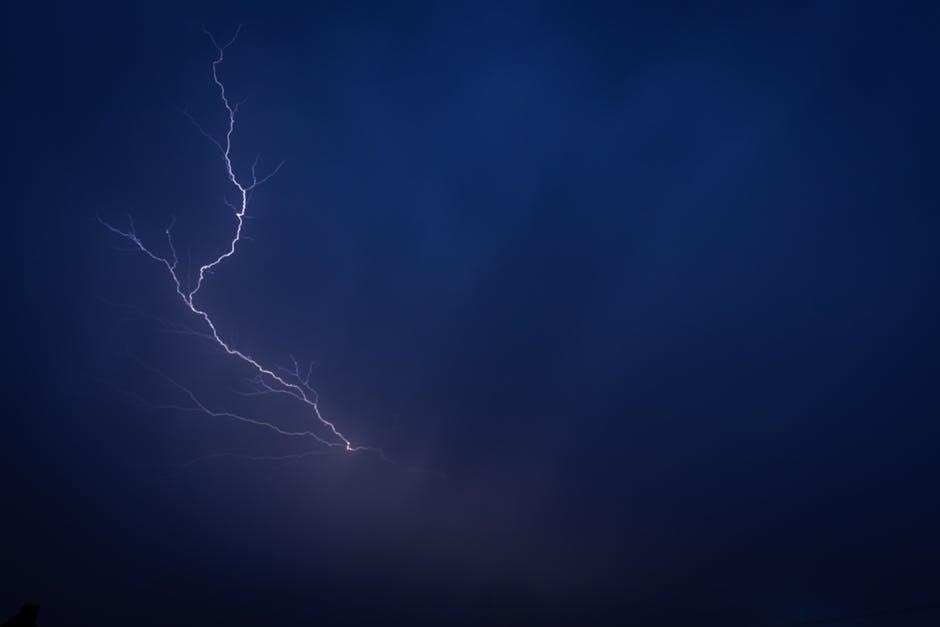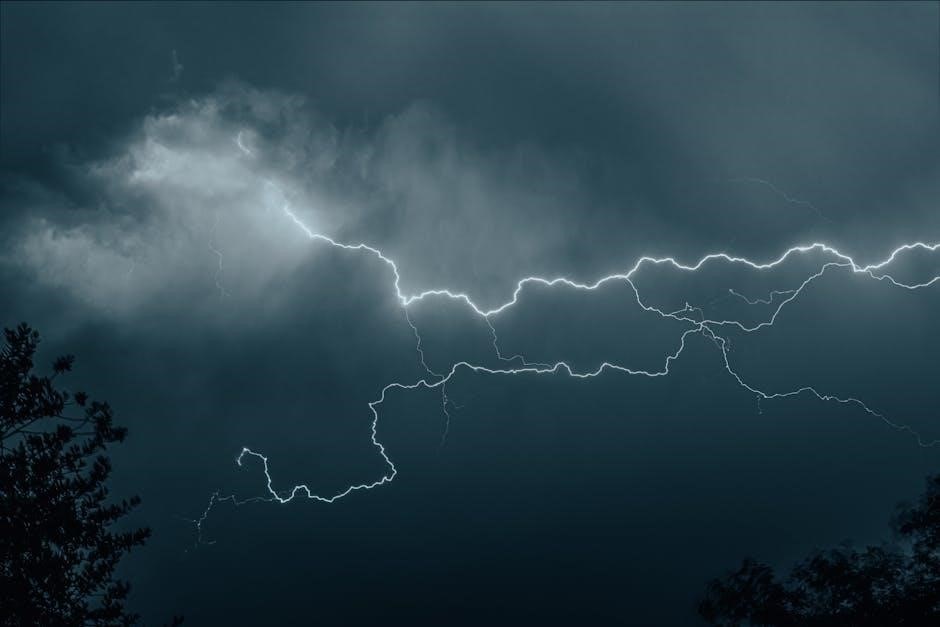The Charge of the Light Brigade by Alfred, Lord Tennyson, immortalizes the ill-fated cavalry charge during the Battle of Balaclava in the Crimean War.
Written in 1854, the poem captures the bravery and tragic fate of 600 British soldiers, exploring themes of heroism, sacrifice, and the horrors of war.
Its vivid imagery and rhythmic verse have made it a timeless classic, widely studied and admired. The poem is also available as a free PDF for download.
1.1 Overview of the Poem and Its Historical Context
The Charge of the Light Brigade, written by Alfred, Lord Tennyson in 1854, immortalizes the ill-fated cavalry charge during the Battle of Balaclava in the Crimean War.
The poem vividly depicts the bravery and tragic fate of 600 British soldiers who followed a misguided order to attack a heavily defended Russian position.
Set against the backdrop of the Crimean War (1853-1856), the poem captures the heroism and sacrifice of the soldiers, while also highlighting the futility of war.
Its rhythmic and evocative language, such as “Into the valley of Death,” has made it a timeless classic, reflecting both admiration for the soldiers and critique of the war’s mismanagement.
The poem is widely available in PDF format for study and reflection, offering insights into its historical and literary significance.

The Crimean War and the Battle of Balaclava
The Crimean War (1853-1856) was fought between Russia and an alliance of Britain, France, and the Ottoman Empire, primarily over territorial disputes.
The Battle of Balaclava, on October 25, 1854, marked a pivotal moment, showcasing British bravery but also highlighting poor leadership and strategic errors.
2.1 The Crimean War: Causes and Key Events
The Crimean War (1853-1856) erupted due to Russia’s expansionist policies and control disputes over the Holy Land and the declining Ottoman Empire.
Key events included the Battle of Sinop, where Russia destroyed a Turkish fleet, leading Britain and France to ally with the Ottomans.
The Siege of Sevastopol and the Battle of Balaclava were pivotal, with the latter highlighting poor British command and the infamous Charge of the Light Brigade.
2.2 The Battle of Balaclava and Its Significance
The Battle of Balaclava, fought on October 25, 1854, was a pivotal event in the Crimean War, marked by the ill-fated Charge of the Light Brigade;
British forces, due to misinterpreted orders, charged a heavily defended Russian position, resulting in significant casualties.
The battle exposed flaws in British command and communication but also highlighted the bravery of the soldiers.
Though the Russians claimed victory, the battle’s outcome had little strategic impact, yet it remains infamous due to Tennyson’s poem, ensuring its historical relevance.

Alfred, Lord Tennyson and His Poetry
Alfred, Lord Tennyson, appointed Poet Laureate by Queen Victoria, crafted lyrical poetry reflecting Victorian ideals. His works, like The Charge of the Light Brigade, explore heroism and loss.
3.1 Biography of Alfred, Lord Tennyson
Alfred, Lord Tennyson (1809–1892) was a celebrated English poet, playwright, and Poet Laureate during much of Queen Victoria’s reign. Born in Lincolnshire, he began writing poetry at an early age, influenced by classical literature and Romanticism. Tennyson’s works, such as In Memoriam A.H.H. and Idylls of the King, reflect his mastery of language and emotional depth. His appointment as Poet Laureate in 1850 solidified his prominence, and he remains one of the most respected Victorian poets. Tennyson married Emily Sellwood and had two sons, living a quiet life in Isle of Wight. His poetry often explored themes of love, loss, and national identity, leaving a lasting legacy in English literature.
3.2 Tennyson’s Role as Poet Laureate and His War Poetry
As Poet Laureate from 1850 until his death, Alfred, Lord Tennyson became the voice of Victorian England, crafting verses that resonated with national sentiment. His war poetry, particularly The Charge of the Light Brigade, reflected his ability to capture the spirit of heroism and sacrifice during the Crimean War. The poem, published in The Examiner, immortalized the ill-fated cavalry charge at Balaclava, blending patriotism with a critique of war’s futility. It remains a powerful example of Tennyson’s mastery of language and his role in shaping public perception of conflict.
His poetry often explored the human cost of war, balancing glory with tragedy, and solidified his legacy as a chronicler of Victorian ideals. The poem is widely available as a PDF, ensuring its enduring accessibility and relevance.

The Charge of the Light Brigade: The Event
The Charge of the Light Brigade occurred on October 25, 1854, during the Battle of Balaclava in the Crimean War.
A misinterpreted order led 600 British cavalrymen to charge a heavily defended Russian artillery position, resulting in significant casualties.
The event became a symbol of bravery and tragic military error, immortalized in Tennyson’s poem, which is now widely available as a free PDF online.
4.1 The Ill-Fated Cavalry Charge and Its Aftermath
The Charge of the Light Brigade was a disastrous cavalry charge during the Battle of Balaclava on October 25, 1854.
A miscommunication led 600 British soldiers to charge a heavily armed Russian position, resulting in heavy casualties.
About 110 men were killed and over 160 wounded, shocking the public and highlighting military mismanagement.
The event became a symbol of both bravery and tragic folly, deeply impacting public perception of the war.
Tennyson’s poem immortalized the event, and it remains a powerful reflection on war’s cost. The poem is widely available as a free PDF for study and reflection.
4.2 The Misinterpretation of Orders and Its Consequences
The Charge of the Light Brigade resulted from a tragic misinterpretation of orders during the Battle of Balaclava.
British commanders’ unclear instructions led the Light Brigade to charge a heavily fortified Russian position, contrary to intended strategy.
This error caused devastating losses, with over 100 men killed and many more wounded.
The incident exposed poor communication and leadership flaws, shocking the public and sparking widespread criticism.
Tennyson’s poem highlights the bravery of the soldiers while underscoring the futility of the charge, immortalizing the tragedy in literature.
The poem, available as a free PDF, remains a poignant reflection on the human cost of military miscommunication.
Analysis of the Poem’s Structure and Themes
Analysis of the poem reveals its structure, characterized by rhyming couplets and steady rhythm, emphasizing heroism, sacrifice, and tragedy, central themes that resonate deeply.
5.1 The Poem’s Language, Rhythm, and Imagery
Tennyson’s poem features a powerful blend of language, rhythm, and imagery.
The language is direct yet evocative, with lines like “Into the valley of Death” creating vivid scenes.
The rhythm, driven by anapestic meter, builds tension and urgency, mirroring the cavalry’s charge.
Imagery, such as “Cannon to the right of them, / Cannon to the left of them,” intensifies the chaos and peril.
These elements combine to evoke emotions, making the poem a masterful depiction of heroism and tragedy.
5.2 Themes of Heroism, Sacrifice, and Tragedy
The poem explores themes of heroism, sacrifice, and tragedy.
Tennyson glorifies the bravery of the Light Brigade, depicting their willingness to follow orders despite impending doom.
Sacrifice is underscored as the soldiers face overwhelming odds, symbolizing duty and loyalty.
Tragedy permeates the narrative, highlighting the futility of the charge and the devastating loss of life.
These themes resonate deeply, making the poem a poignant reflection on the human cost of war and conflict.

The Legacy of the Poem
The Charge of the Light Brigade remains a timeless tribute to courage and sacrifice, enduring as a powerful symbol of the Crimean War’s legacy.
6.1 The Poem’s Impact on Public Perception of the Crimean War
Tennyson’s poem profoundly shaped public perception of the Crimean War, immortalizing the bravery of the Light Brigade while highlighting the futility of the ill-fated charge.
Its vivid imagery and emotional depth evoked widespread empathy, glorifying the soldiers’ sacrifice but also sparking debates about the war’s conduct and leadership.
The poem’s influence shifted public sentiment, blending admiration for heroism with criticism of military mismanagement, leaving a lasting imprint on historical memory.
6.2 The Enduring Popularity of “The Charge of the Light Brigade”
The poem’s enduring popularity stems from its masterful blend of heroism and tragedy, resonating with readers for generations.
Its iconic lines, such as “Into the valley of Death,” have become part of cultural consciousness, while its themes of duty and sacrifice continue to inspire.
Available in PDF, the poem remains a vital part of literary and historical studies, ensuring its relevance and appeal endure in the digital age.

Accessing the Poem in PDF Format
The poem is widely available as a free PDF download from various online sources, allowing easy access for reading and analysis.
Users can download The Charge of the Light Brigade in PDF or text format, making it convenient for educational or personal use.
Online platforms offer the poem for free, ensuring its accessibility to a global audience.
7.1 Sources for Downloading the Poem as a PDF
The poem is widely available for download in PDF format from various online sources.
Platforms like Google Books, Project Gutenberg, and educational websites offer free access to The Charge of the Light Brigade.
Additionally, academic repositories and literary archives provide downloadable versions, ensuring easy access for readers worldwide.
These sources make it convenient for students, researchers, and poetry enthusiasts to access and study the poem digitally.
7.2 Reading and Analyzing the Poem in Digital Format
Reading The Charge of the Light Brigade in PDF format offers a convenient and accessible way to engage with the poem.
Digital versions allow readers to highlight, annotate, and easily search for specific lines or themes.
Features like adjustable font sizes and screen readability enhance the reading experience.
Additionally, digital formats facilitate deeper analysis by enabling quick access to historical context and literary critiques.
This makes studying Tennyson’s masterpiece more efficient and enjoyable for modern audiences.
The Charge of the Light Brigade remains a powerful tribute to heroism and sacrifice. Its enduring relevance ensures it continues to resonate, preserving history for future generations.
8.1 The Significance of “The Charge of the Light Brigade” Today
The poem remains a timeless tribute to heroism and sacrifice, continuing to inspire readers with its vivid portrayal of courage and tragedy.
Its themes of duty, honor, and the human cost of war resonate deeply, making it a vital part of literary and historical studies.
Available as a free PDF, the poem’s accessibility ensures its legacy endures, offering future generations insight into both Tennyson’s mastery and the Crimean War’s impact.
8.2 Final Thoughts on the Poem’s Relevance and Importance
The Charge of the Light Brigade remains a powerful reflection on heroism, sacrifice, and the complexities of war, resonating as strongly today as it did in 1854.
Its enduring relevance lies in its ability to evoke empathy and admiration for those who face impossible choices, while also critiquing the leadership that leads to such tragedies.
As a free PDF, the poem’s accessibility ensures its message continues to educate and inspire, preserving Tennyson’s legacy and the memory of the brave soldiers it honors.



